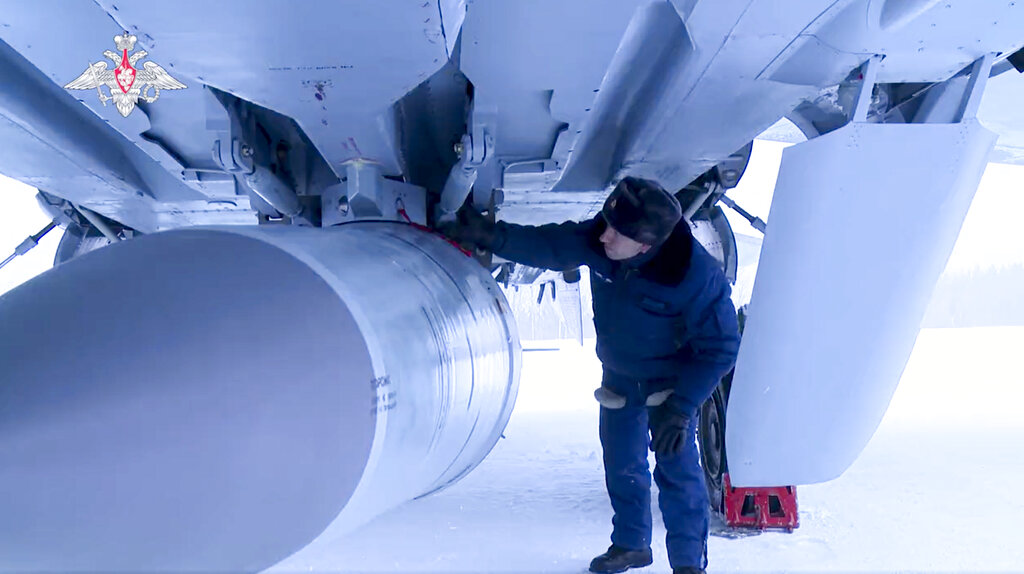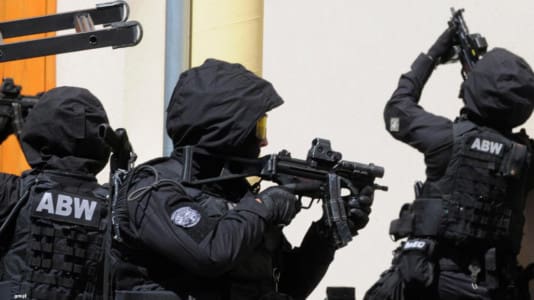The Russian move of placing the three fighter MiGs equipped with the Kinzhal missiles in the Kaliningrad exclave between Poland and Lithuania is largely a propaganda exercise connected to the greater U.S. B-52 presence in the Baltic area. However, Moscow says the fighters will be on permanent combat alert.
According to the Russian Ministry of Defense, the move is designed to deter aggression.
The Kinzhal missiles can be equipped on both fighter and bomber aircraft and used on targets ranging 1,500 to 2,000 kilometers away. The missiles can fly between 3,500 and 12,000 km/h. They have also been used in attacks in Ukraine, and Ukrainians have acknowledged that they have not been able to defend against them.
Their location in Kaliningrad is a propaganda counter to the NATO Air Shielding deployment of F-22 and F-35 planes. It is also a result of Russia’s irritation at the deployment exercises of U.S. B-52s in Scandinavia. However, any action by the fighter planes located in Kaliningrad would be easily detectable and could be more vulnerable to NATO attack than an attack coming from a multitude of directions.
Any actual attack on targets by Kinzhal armed fighters would make more sense if they were to take place from mainland Russia or Belarus instead of from Kaliningrad.
The Kinzhal armed MIGs are not on their own a direct threat to NATO. Russia is militarily engaged in Ukraine, and NATO has significantly strengthened its defense and surveillance on its eastern flank.





